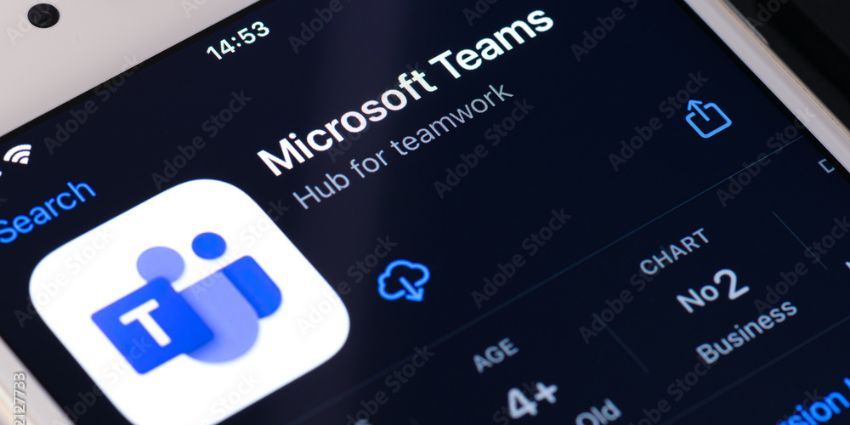The new Microsoft Teams app has been made generally available for Windows and Mac, providing users with the best performance yet.
It now has full feature parity for nearly all features, such as call queues, PSTN calling, and contextual search in chats and channels.
General availability also brings with it new features and enhancements, as well as seamless cross-tenant communication and collaboration across multiple tenants and accounts.
In March, Microsoft launched the new Teams app in public preview, which was up to twice as fast with 50 percent less memory usage on Windows than its predecessor.
Anupam Pattnaik, Product Lead, Microsoft Teams at Microsoft, wrote on Microsoft’s blog announcing the availability of the new Teams app: “Today, we are excited to announce general availability of the new Microsoft Teams app for Windows and Mac including education customers.
“Our goal was to reimagine Teams from the ground up to deliver a faster, simpler, smarter, and more flexible app to help you stay productive and collaborate more effectively.
“We have focused on providing high-quality performance and enhancing the basics in areas such as reliability, security, and IT management to make sure that new Teams meets the evolving requirements of your organization.”
Better Performance
Built on the React framework, the new Teams brings greater speed and performance, with WebView2 hosting the app to reduce memory usage and disc space, resulting in major gains for Windows users.
There have also been significant performance improvements on Mac too, including quicker switching between chats and channels, and faster and more efficient access to relevant information.
The performance boost for Mac users comes from the efficient use of device resources and an optimised Teams experience. There have also been some new security enhancements for Mac like improved app security via a containerised app model, simplified app updates using Microsoft AutoUpdate, and web security enhancements.
Simple and Flexible
New Teams provides a simplified user experience through enhanced personalisation options, giving users more control over their interface.
Keyboard shortcuts will also enable greater efficiency by allowing users to navigate between list items, including activity feed and chat threads.
There have also been enhancements to screen reading, making it easier to avoid repeated information, interpret everyday tasks, and arrange channel conversations.
The app’s flexibility is upped through the new multi-tenant organisations (MTO) capability to seamlessly collaborate with coworkers and access resources across multiple tenants. Improved people search also ensures users connect with the right users.
Multi-tenant and multi-account (MTMA) features allow users to collaborate across organisational boundaries, stay signed into multiple accounts, and receive real-time notifications. Users can be engaged with one another across multiple accounts and organisations without even needing to end a call or meeting.
You can also now join a meeting hosted in any Microsoft cloud, without having to sign out of your account in your home tenant, due to the cross-cloud authenticated meeting feature.
Smarter with Copilot
Microsoft’s AI Copilot works alongside Teams users to assist them with tasks by providing conversation summaries, summarising key discussion points in meetings, and locating relevant information buried in documents, presentations, emails, calendar invites, notes, or contacts.
In July, Microsoft unveiled new Copilot capabilities for Teams Phone and Teams Chat, including phone call and chat conversations features.
Switching to the New Teams
Switching to the new Teams is quick and easy, with no migration required, and users will automatically be upgraded to the new Teams experience in the coming months.
To make the change straight away, users simply need to click the toggle button in the top left-hand corner of the classic Teams app, which has “New Teams” written next to it. In a single click, classic Teams will become New Teams.
According to GigaOm, organisations should prioritise the move to New Teams to “ensure your organisations can take advantage of the product’s benefits as soon as possible, as new features and enhancements will be exclusively available in new Teams”.
The latest version of Teams is also being rolled out in public preview to its Virtual Desktop Infrastructure (VDI) and government cloud customers (GCC, GCC-H, DoD).







